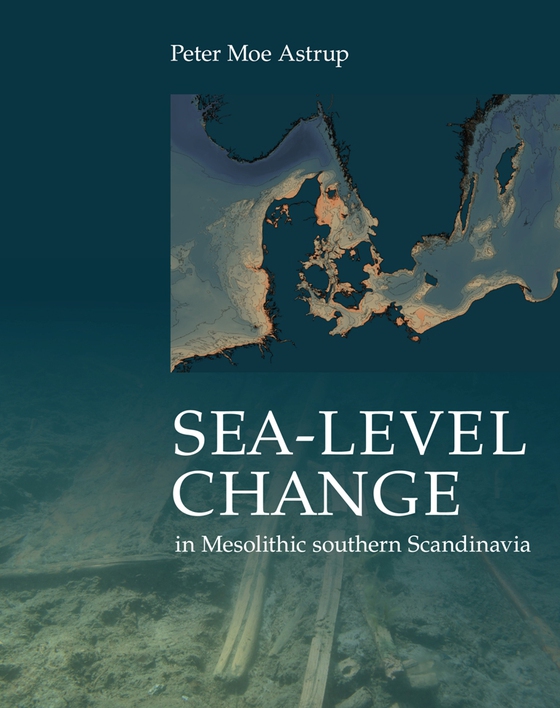
BookClub ready
Sea-level Change in Mesolithic southern Scandinavia (Jysk Arkæologisk Selskabs Skrifter #106) e-bog
169,97 DKK
(inkl. moms 212,46 DKK)
The seabed in southern Scandinavia contains numerous traces of a submerged prehistoric landscapes. Large parts of this landscape were gradually flooded by rising seas between 9500 and 4000 BC and perceptions of the Maglemose culture (9500-6400 BC) have consequently been based almost exclusively on former inland settlements. This book investigate two questions that are directly related to our cu...
E-bog
169,97 DKK
Kan læses i vores apps til iPhone/iPad og Android.
Kan læses i appen
Undertitel
Long-and-short-term effect on society and the environment
Forlag
Aarhus Universitetsforlag
Udgivet
17 december 2018
Længde
207 sider
Genrer
Archaeology
Nummer i serie
106
Sprog
English
Format
epub
Beskyttelse
Vandmærket
ISBN
9788793423367
The seabed in southern Scandinavia contains numerous traces of a submerged prehistoric landscapes. Large parts of this landscape were gradually flooded by rising seas between 9500 and 4000 BC and perceptions of the Maglemose culture (9500-6400 BC) have consequently been based almost exclusively on former inland settlements. This book investigate two questions that are directly related to our current understanding of the populations of the now submerged areas: 1) Do we have a representative picture of the spread of Early Mesolithic sites in southern Scandinavia, or does the weighting towards inland sites reflect the fact that coastal sites have not been identified below present-day sea-level? 2) How did sea-level rise impact Mesolithic populations at different temporal and spatial scales, and how were these experienced from 8000-4000 BC? These questions are examined in the light of eight new coastline models that are made to determine the Mesolithic coastline positions and to facilitate new evaluations of possible relationships between sea-level changes and cultural changes.
 Dansk
Dansk

